Часть 2.
Начав свой рассказ о старинной плотине Фаримана с её описания,
Хочу поделиться всем интересным, что я увидел и узнал в тот день – 5 сентября 2019 года.
Из Машхада в Фариман и далее к плотине мы, то есть я и мои иранские братья Резо и Али, приехали на их машине. Её мы оставили ниже плотины в красивой зелёной роще из южных сосен.

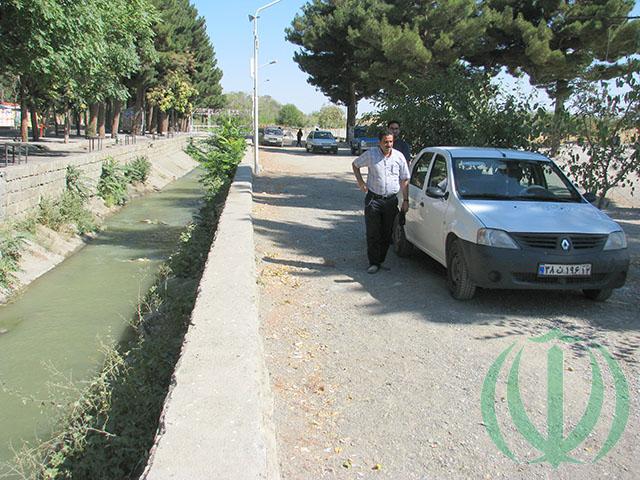
В сентябре сезон интенсивного летнего полива полей и садов здесь заканчивается, поэтому сток воды на орошение из водохранилища был небольшим.
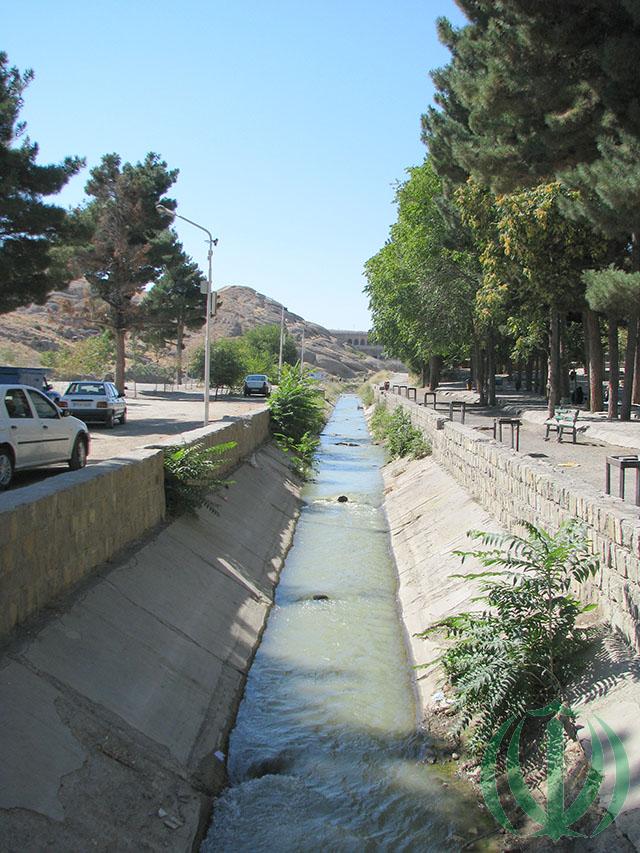
Мы спустились с плотины и вскоре надо было перебраться на другой берег водостока. Можно было перейти его вброд или, не раззуваясь, по камням. Смочить ноги в тёплой воде было очень приятно. Перейдя поток и поджидая Резо и Али, я обратил внимание на статного пожилого мужчину в белом национальном одеянии, который внимательно наблюдал и как бы руководил переправой женщин и юношей…

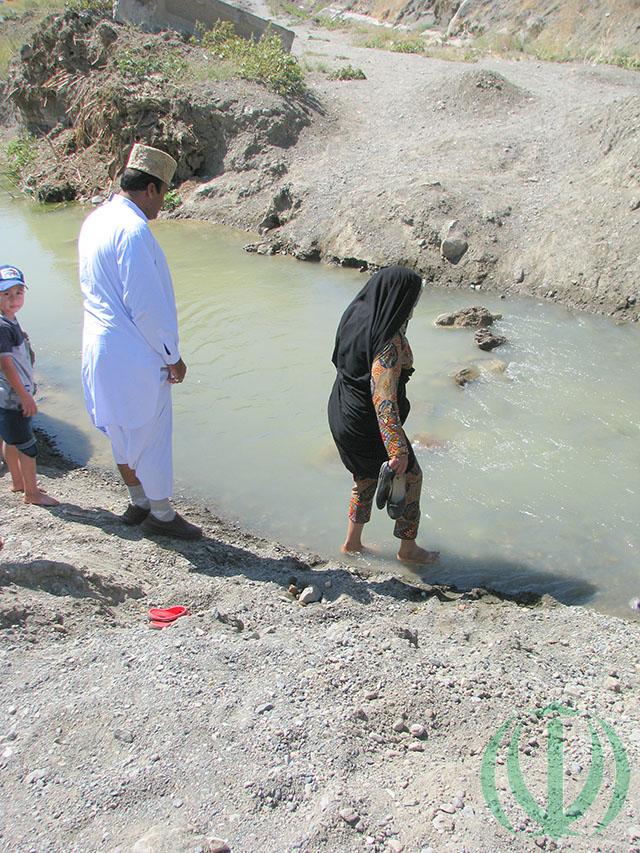

В роще под деревьями мы расположились перекусить. В жаркий полдень сочная дыня со свежим хлебом были восхитительно вкусны.
Недалеко от нас разместилась и семья мужчины в белом. Это были белуджи. Желая их сфотографировать крупным планом, я подошёл и обратился к главе семьи с просьбой. Женщины сниматься отказались, но глава семьи и два его сына охотно согласились. Но не сразу – мне предложили чуть подождать…
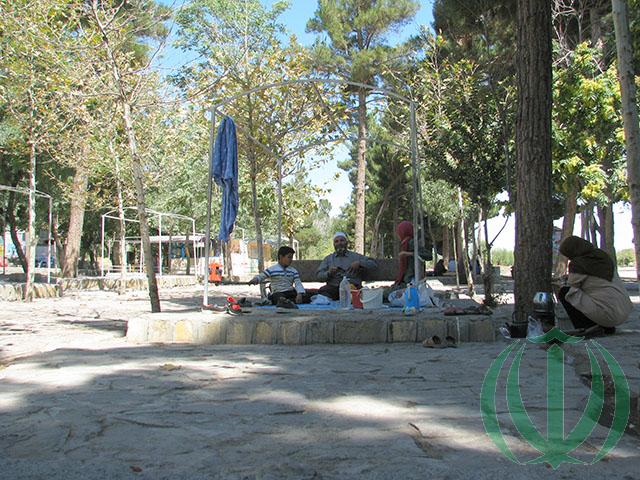
Юноша и мальчик направились к своей машине и вскоре вернулись, сменив европейскую одежду на белую, национальную. А в руках у старшего был… карабин!

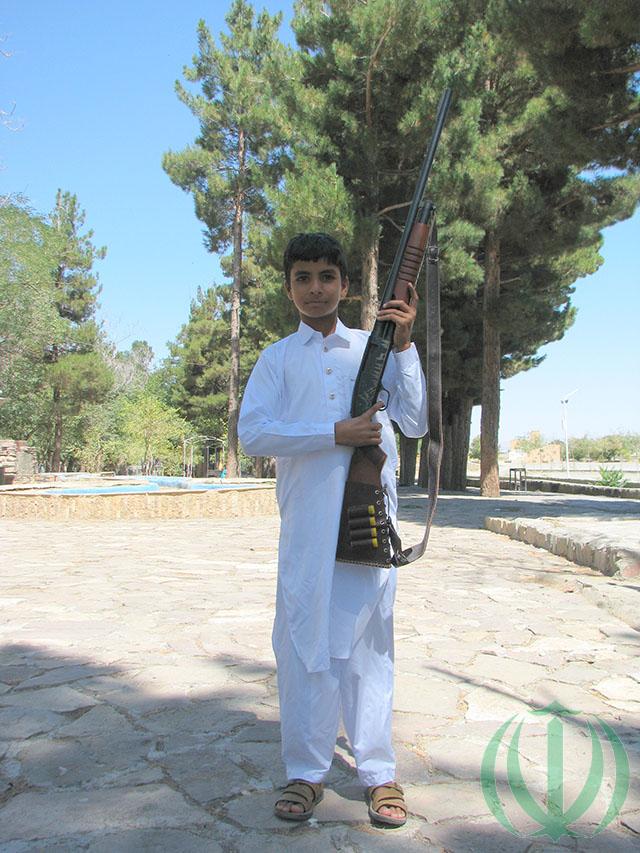
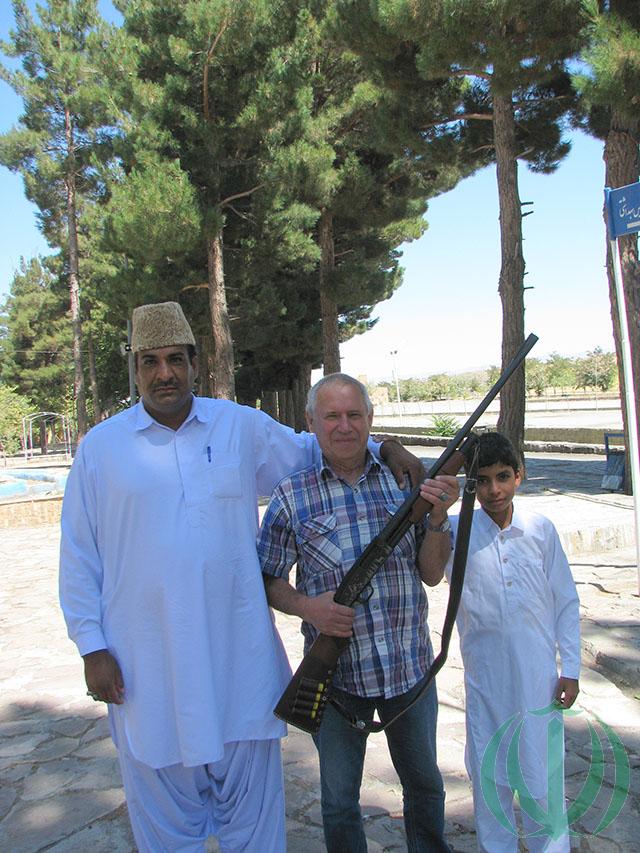
Белуджи – это один из многочисленных народов Ирана, проживающий на юго-востоке страны. Это красивые, гордые, но очень добрые и гостепреимные люди. Их мужчины с детства учатся стрелять и отлично владеют огнестрельным оружием. А их женщины – прекрасные хозяйки и надёжные помощницы по жизни в суровых условиях этого маловодного и пустынного региона.
… Я надеюсь когда-нибудь самому побывать в иранском Белуджистане и подробно рассказать об этом загадочном крае и его интересных жителях…
Ancient Fariman Dam
Part 2.
Starting his story about the ancient dam of Fariman with its description,
I want to share everything interesting that I saw and learned that day – September 5, 2019.
From Mashhad to Fariman and further to the dam, we, that is, I and my Iranian brothers Rezo and Ali, arrived in their car. We left it below the dam in a beautiful green grove of southern pine trees.
In September, the season of intensive summer watering of fields and gardens here ends, so the flow of water for irrigation from the reservoir was small.
We went down from the dam and soon we had to cross to the other side of the drain. It was possible to wade it or, without biting it, over the stones. Wet feet in warm water was very nice. Crossing the stream and waiting for Rezo and Ali, I drew attention to a stately old man in white national attire, who carefully watched and, as it were, led the crossing of women and young men …
In the grove under the trees we settled down for a bite to eat. On a hot afternoon, juicy melon with fresh bread was deliciously delicious.
Not far from us was the family of a man in white. These were the Balochis. Wanting to take a close-up picture of them, I went over and turned to the head of the family with a request. Women refused to appear, but the head of the family and his two sons agreed. But not right away – I was offered to wait a bit …
The young man and the boy went to their car and soon returned, changing their European clothes to white, national. And in the hands of the elder was … a carbine!
Balochi is one of the many peoples of Iran living in the southeast of the country. These are beautiful, proud, but very kind and hospitable people. Their men have been learning to shoot since childhood and have excellent command of firearms. And their women are wonderful housewives and reliable helpers in life in the harsh conditions of this shallow and desert region.
… I hope someday to visit Iranian Balochistan myself and tell in detail about this mysterious land and its interesting inhabitants …
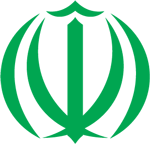

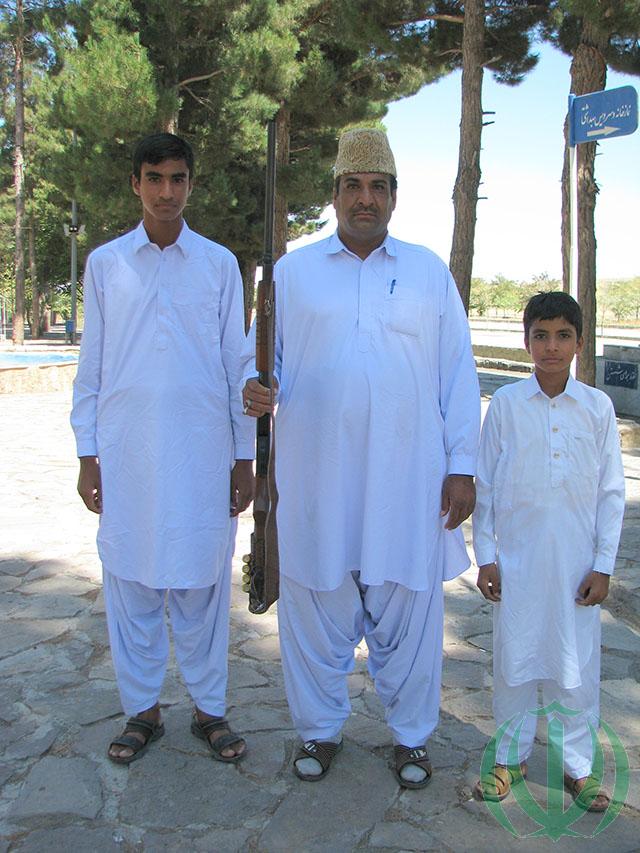
0 Comments